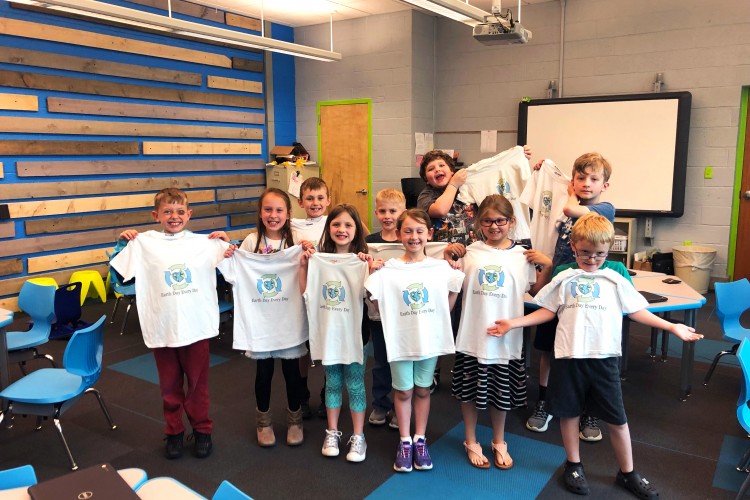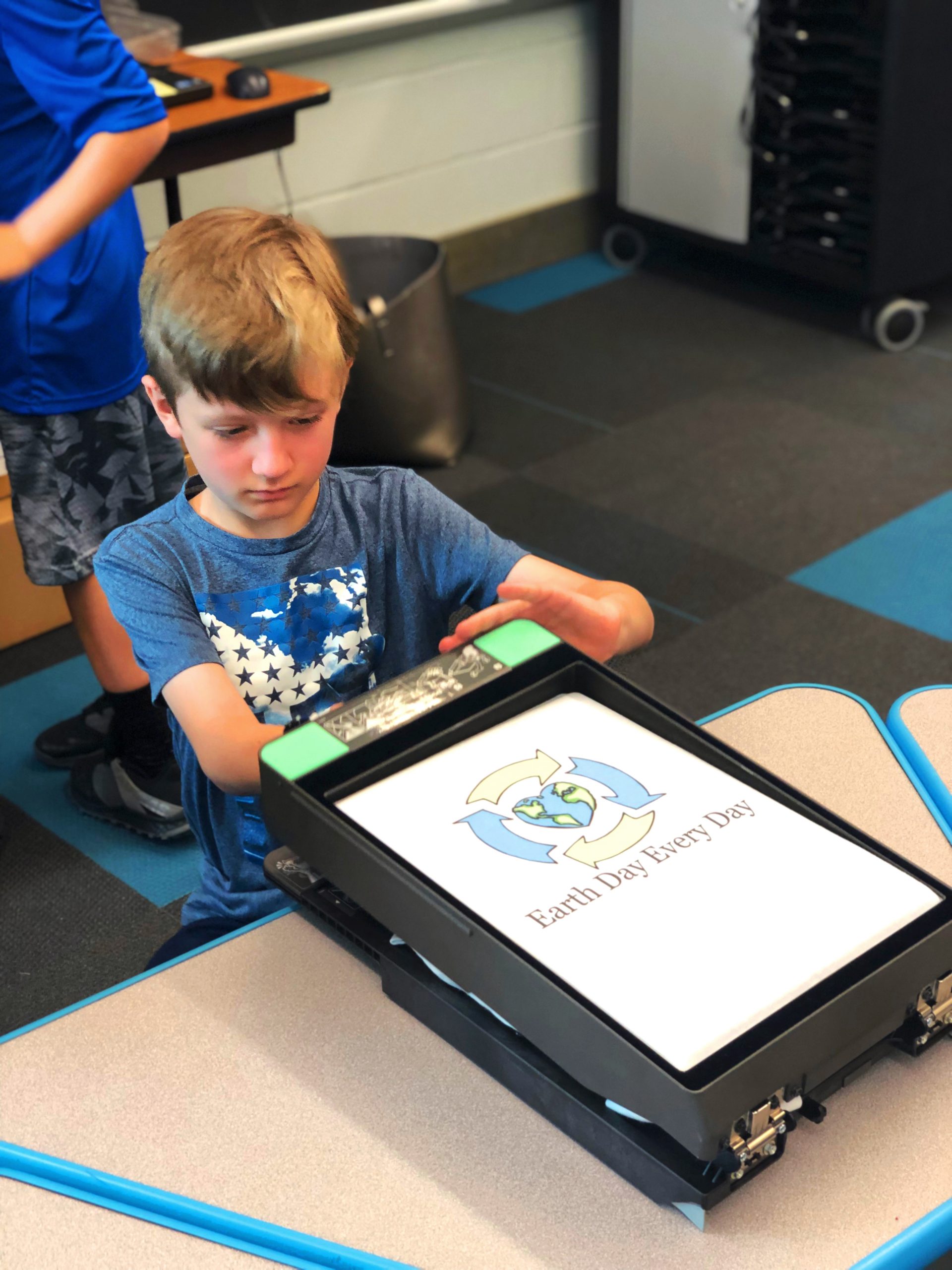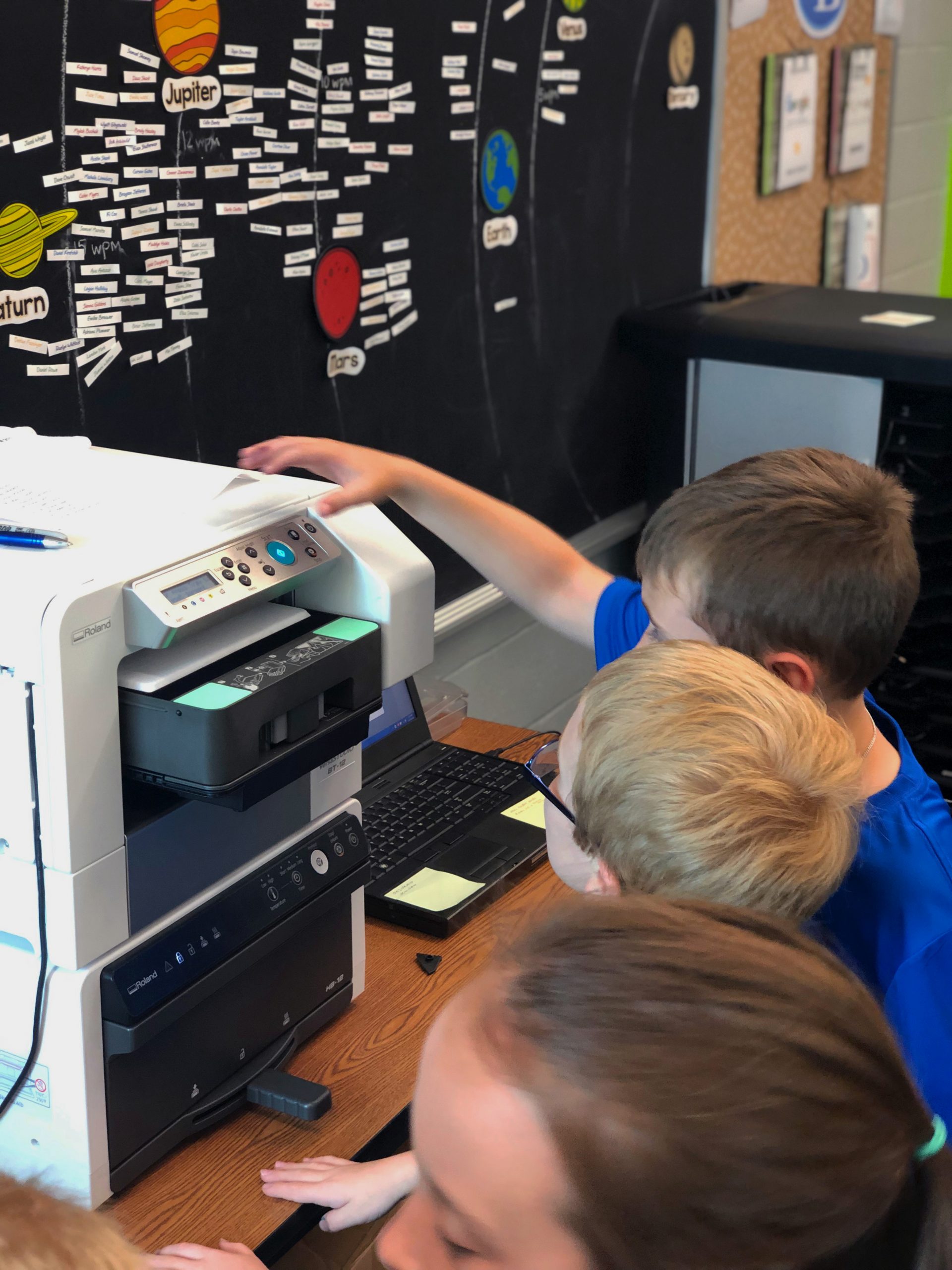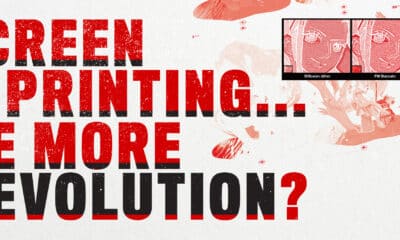Best of the Business
Pittsburgh Elementary Students Get Schooled in DTG
Young learners get a memorable lesson in DTG printing.

Let’s Talk About It
Creating a More Diverse and Inclusive Screen Printing Industry
LET’S TALK About It: Part 3 discusses how four screen printers have employed people with disabilities, why you should consider doing the same, the resources that are available, and more. Watch the live webinar, held August 16, moderated by Adrienne Palmer, editor-in-chief, Screen Printing magazine, with panelists Ali Banholzer, Amber Massey, Ryan Moor, and Jed Seifert. The multi-part series is hosted exclusively by ROQ.US and U.N.I.T.E Together. Let’s Talk About It: Part 1 focused on Black, female screen printers and can be watched here; Part 2 focused on the LGBTQ+ community and can be watched here.
-

 Art, Ad, or Alchemy1 month ago
Art, Ad, or Alchemy1 month agoF&I Printing Is Everywhere!
-

 Case Studies1 month ago
Case Studies1 month agoHigh-Density Inks Help Specialty Printing Take Center Stage
-

 Andy MacDougall1 month ago
Andy MacDougall1 month agoFunctional and Industrial Printing is EVERYWHERE!
-

 Columns2 weeks ago
Columns2 weeks ago8 Marketing Mistakes Not to Make When Promoting Your Screen Printing Services Online
-

 Editor's Note2 weeks ago
Editor's Note2 weeks agoLivin’ the High Life
-

 Thomas Trimingham2 months ago
Thomas Trimingham2 months ago“Magic” Marketing for Screen Printing Shops
-

 Marshall Atkinson2 weeks ago
Marshall Atkinson2 weeks agoHow to Create a Winning Culture in Your Screen-Printing Business
-

 News & Trends1 month ago
News & Trends1 month agoWhat Are ZALPHAS and How Can You Serve Them in Your Print Business?


 The classroom print shop was efficient, which allowed an entire class of 23 children to complete their shirts in a single 45-minute period. “The production line was set up so that while a student placed their shirt into the tray, another student was able to send the design to the printer so when one tray came out, another was ready to go in for printing,” she explains. “Having two trays was critical to keeping production going. To expedite production, we didn’t use the finishing unit and instead used a heat press. This allowed us to pre-press an entire class before they arrived so printing could be done right away.”
The classroom print shop was efficient, which allowed an entire class of 23 children to complete their shirts in a single 45-minute period. “The production line was set up so that while a student placed their shirt into the tray, another student was able to send the design to the printer so when one tray came out, another was ready to go in for printing,” she explains. “Having two trays was critical to keeping production going. To expedite production, we didn’t use the finishing unit and instead used a heat press. This allowed us to pre-press an entire class before they arrived so printing could be done right away.”















